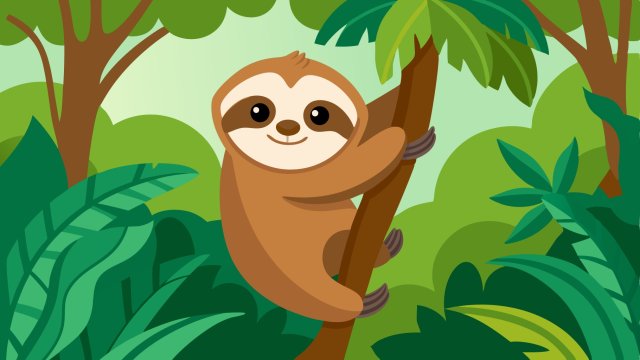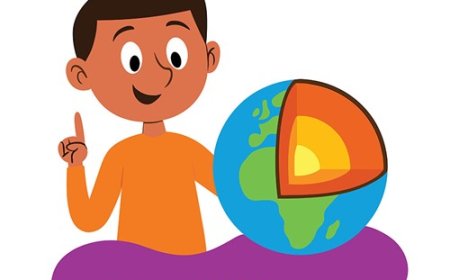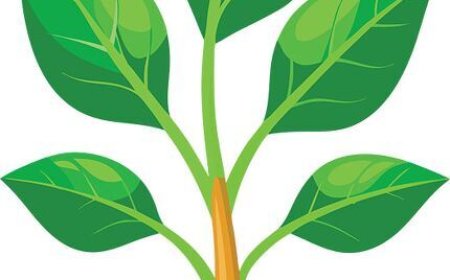Biodiversity: What It Is, Why It Matters, and Fun Facts for Students
Explore biodiversity—the incredible variety of life on Earth. Learn why protecting it is vital and discover amazing examples around the worl

🌱 Biodiversity: The Rich Variety of Life on Earth
🎯 Introduction
Biodiversity is the word scientists use to describe the huge variety of living things on our planet. From tiny bacteria in the soil to the tallest trees in the rainforest, and from ants to blue whales, every organism plays a role in making Earth a healthy, balanced place.
Biodiversity isn’t just about how many different species exist. It also includes:
- Genetic diversity: The differences within the same species.
- Ecosystem diversity: The variety of habitats like forests, oceans, deserts, and wetlands.
Biodiversity helps provide us with clean air, fresh water, food, and medicine. It makes our world beautiful and full of wonder.
🌍 Why Biodiversity Is Important
1. Healthy Ecosystems
- Plants, animals, fungi, and microbes all work together.
- For example, bees pollinate plants, which feed people and animals.
- Healthy biodiversity means ecosystems are stronger and can recover from disasters.
2. Clean Air and Water
- Forests and wetlands filter water.
- Plants remove carbon dioxide from the air and release oxygen.
3. Medicine and Food
- Many medicines come from plants and animals.
- Different crops provide healthy food.
4. Stability
- The more diverse life is, the less likely disease or pests will wipe out whole populations.
🦜 How Scientists Measure Biodiversity
Scientists use different ways to measure it:
- Species richness: How many different species live in an area.
- Evenness: How balanced the number of each species is.
- Genetic variation: How many different traits exist within species.
Biodiversity hotspots are areas with very high diversity that are also threatened by humans. The Amazon rainforest and coral reefs are examples.
🧬 Classification and Scientific Background
Classification:
- Biodiversity includes all life forms:
- Animals
- Plants
- Fungi
- Microorganisms
Scientific Details:
- Over 8 million species may exist.
- New species are discovered every year.
- Human activities like pollution, deforestation, and climate change reduce biodiversity.
Levels of Biodiversity:
- Genetic diversity—variety within species (e.g., different breeds of dogs).
- Species diversity—different types of living things (e.g., trees, birds, insects).
- Ecosystem diversity—different habitats and communities (e.g., deserts, wetlands).
🦋 Examples of Biodiversity
- Amazon Rainforest: Home to one out of every ten known species.
- Coral Reefs: Provide homes for thousands of marine creatures.
- African Savannah: Large animals like elephants, lions, and giraffes.
- Temperate Forests: Rich in trees, mushrooms, and animals.
🌿 Threats to Biodiversity
- Deforestation: Cutting down forests destroys habitats.
- Pollution: Contaminates water and soil.
- Climate Change: Alters weather patterns, affecting animals and plants.
- Overfishing and Hunting: Removes too many species too fast.
- Invasive Species: Non-native plants or animals that spread and harm local species.
🌟 How We Protect Biodiversity
- Creating national parks and wildlife reserves.
- Enforcing laws that stop poaching.
- Planting trees and restoring habitats.
- Reducing pollution and recycling.
- Educating people about conservation.
💪 Why Biodiversity Matters to You
Even if you don’t live near a rainforest or coral reef, biodiversity helps:
- Grow food.
- Keep air and water clean.
- Provide medicines.
- Support a healthy planet for everyone.
🌿 Interesting Facts
- One gram of soil can have billions of bacteria.
- Coral reefs cover less than 1% of the ocean but support 25% of marine life.
- Some frogs produce chemicals that help scientists develop new medicines.
- There are more species of beetles than any other group of animals.
🧠 Kid-Friendly Summary
Biodiversity means all the different living things on Earth. Every plant, animal, and tiny creature matters. They work together to keep the air clean, grow food, and make the world healthy. When we protect biodiversity, we protect our future.
✨ Key Takeaways
- Biodiversity is the variety of life on Earth.
- It keeps ecosystems healthy and balanced.
- Human activities can damage biodiversity.
- Everyone can help protect it by caring for nature.
📖 Vocabulary Words
| Word | Definition |
|---|---|
| Biodiversity | Variety of all living things |
| Ecosystem | Community of plants, animals, and environment |
| Species | Group of similar living things |
| Habitat | Place where animals and plants live |
| Extinction | When a species dies out completely |
| Pollination | Moving pollen to help plants make seeds |
| Invasive Species | Non-native species that harm ecosystems |
| Conservation | Protecting nature and wildlife |
| Genetic Diversity | Differences within a species |
| Hotspot | Area with high biodiversity under threat |



















































